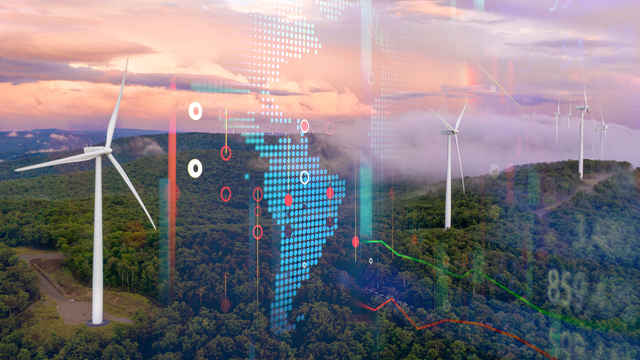
The ESG data conundrum and the SDG funding gap: what’s the path forward?

The financial services industry worldwide recognizes sustainability as both risk and opportunity. With a real global need, growing regulatory pressures, a clear moral mission, and unstaunched innovation, sustainability is proven to be a massive growth play. The green bonds market is on a roar and banks are raising their sustainable finance objectives, while investors hunger for green assets over brown.
Yet we’re still far from meeting the UN’s Sustainable Development Goals (SDGs) annual funding target of $2.6 trillion outlined in the Paris Agreement.
Capital markets are all about managing risk. Sustainability represents a massive one we still struggle to fully grasp, let alone accurately price into financial assets. Part of the struggle comes when trying to collect the necessary insight and apply the best technology to assess it.
What’s holding us up?
Without data, banks, insurers, and investors struggle to fully evaluate the risks of financing and underwriting ESG opportunities, limiting the funding they can provide. They are rushing to reimagine the way they think about risk and design a more holistic approach beyond just traditional financial data and anxieties. This means collecting massive amounts of new, granular data such as soil conditions, weather patterns, carbon consumption, water wastage, et cetera, and predict what the likely outcome will be.
But how to collect and assess that data without the right technology in place?
Demonstrating ESG credentials
Sustainability is not just a badge of honor or a line item in the annual report. It’s the lens through which enterprises aspire to be seen by their customers and stakeholders alike. ESG maturity is the new table stakes in a market where the burden of progress is falling more and more on private sector shoulders.
Green is the new cool among a new generation clamoring for change. But it’s good business too as ESG credentials often afford higher multiples, greater business performance, and better market terms.
Data remains key, creating transparency from factory floors and farmyards to Wall Street and London. Together, technology and finance are essential for success.
Making sense of the data
While data is imperative, it’s of little use unless there’s a capability to understand, reason, and interact with that data in a modern, secure, hyperscale manner to inform outcomes and remediations. We can’t solve a problem we don’t fully understand. That’s why we’ll aggregate environmental data from around the world and put it to work through computing and machine learning in a new Planetary Computer. We’ll partner with our financial services customers in their Impact Finance initiatives, helping our mutual customers achieve their sustainability goals.
Filling the gap
We fail to meet the SDG targets at our peril. By improving data collection, putting the right technology and finance in place, and creating a standard, immutable measurement of ESG risk, we can help fill the SDG gap, expanding the marketplace for corporate, institutional, and individual investors and for consumers, farmers, employees, and shareholders as well. Microsoft is helping to fill the SDG gap by leveraging our customer experiences and journey as a business to create a more sustainable world.
To learn more about improving data collection models and Microsoft’s additional sustainable initiatives, visit our Corporate Responsibility Hub.




